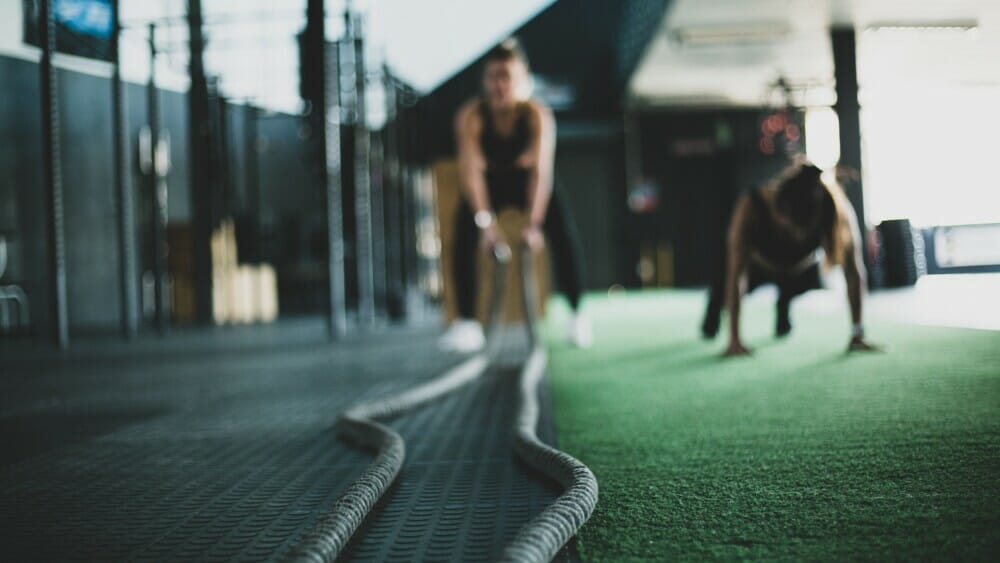Self-employed interior designer Kaley Tyne Johnson enjoys incorporating HIIT training into her daily routine.
Despite her frequent travels for work, Ms. Johnson is able to engage in HIIT training anywhere, allowing her to stay committed to her fitness schedule even when she’s on the go.
This article delves into what HIIT entails and delves into its notable health advantages.
Understanding HIIT
HIIT, short for ‘High-Intensity Interval Training’, consists of a type of cardiovascular workout that falls into two primary categories.
Sprint Interval Training (SIT)
SIT is a rigorous form of interval training recommended for individuals in good physical condition without any preexisting health issues. Participants engage in three to five brief high-intensity exercise intervals until they can no longer maintain the intensity level. These bursts of activity are then followed by an extended recovery period, such as working out for 20-30 seconds and resting for five minutes.
High-Intensity Training (HIT)
Designed for the general public or average gym-goer, HIT involves exercise sessions lasting from 30 seconds to three minutes, during which the individual operates at 80-100% of their maximum heart rate. With shorter recovery periods compared to SIT, HIT lacks a specific formula but typically suggests that the rest period should be at least as long as the exercise interval, decreasing as the participant’s fitness level improves.
Using a heart rate monitor can help HIT participants gauge the intensity required to reach 80-100% of their maximum heart rate. To estimate the maximum heart rate, deduct the individual’s age from 220. For instance, a 30-year-old’s maximum heart rate would be 190, and 80% of this would be 152. Therefore, they should aim to elevate their heart rate between 152 and 190 during exercise intervals.
Key Benefits of HIIT Training
HIIT training is a fantastic way to optimize time spent at the gym, making it ideal for those with busy schedules. Excluding warm-up time, a typical HIIT session typically lasts around 20 minutes.
Research indicates that HIIT training leads to greater excess post-exercise oxygen consumption (EPOC) compared to continuous exercise, causing the body to continue burning calories at an increased rate even after the workout ends.
VO2 Max is a measure of overall fitness linked to mortality risk. Higher VO2 Max scores are associated with a reduced risk of mortality. Studies indicate that HIIT can effectively enhance VO2 Max.
HIIT offers a myriad of health benefits, including:
- Effective fat burning during and after workouts
- Enhanced strength and endurance
- Improved cardiovascular health
- Regulation of blood sugar levels
- Strengthening of bones
- Boosting mood through the release of feel-good hormones.
- Alleviating muscle stiffness to enhance flexibility and mobility
HIIT is suitable for most individuals except for those advised by a healthcare provider to avoid vigorous exercise. For those who find continuous training monotonous, HIIT provides a dynamic workout that keeps them engaged and interested.
One of the primary advantages of HIIT is its time efficiency. However, participants must be dedicated and work at a high enough intensity to compensate for the shorter exercise duration. Properly executed HIIT training is demanding. While some may find the intensity invigorating, leaving them with a sense of accomplishment, others may prefer a less strenuous workout routine.
Photo by Meghan Holmes on Unsplash





















